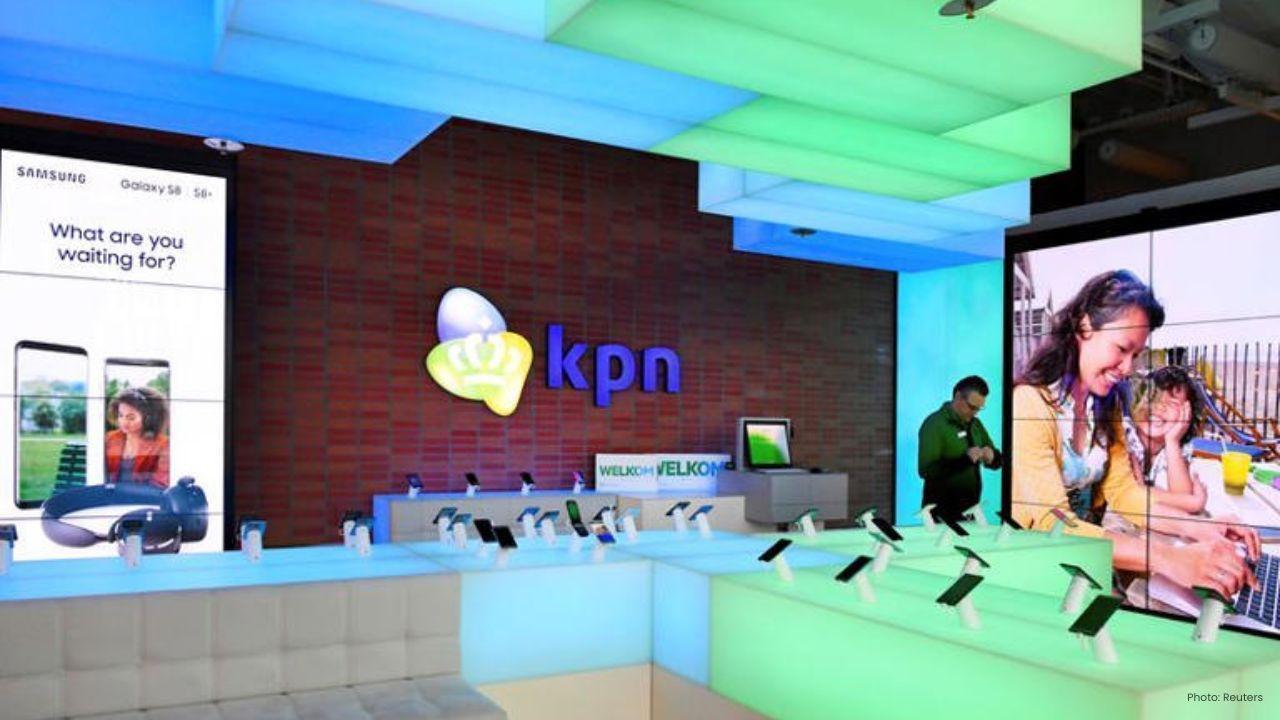
Join 10k+ people to get notified about new posts, news and tips.
Do not worry we don't spam!

Post by : Anis Farhan
In the last decade, global streaming platforms have revolutionized the way people consume content. From Netflix and Amazon Prime to Disney+, the entertainment world now fits in a pocket-sized device. But as the glossy, high-budget, and universally packaged global content floods screens, something critical is vanishing in its wake: regional cinema.
This isn't just about fewer tickets sold for local films—it’s about the erosion of cultural identity, the loss of native storytelling, and the shrinking space for languages that don’t conform to international tastes. Regional cinema, once the soul of local culture and a powerful mirror of society’s evolving values, now finds itself in the margins, scrambling for visibility.
Unlike traditional cinema, where word-of-mouth or community-based promotions influenced viewership, the digital world runs on algorithms. These algorithms are designed to keep users hooked, pushing globally popular content, trending titles, and cross-cultural blockbusters up the charts. Smaller films, especially those made in regional languages or with hyperlocal contexts, don’t stand a chance in these metrics-driven environments.
The dominance of subtitles doesn’t always help. While platforms have made international titles accessible with translations and dubbing, regional films are rarely highlighted unless they win awards or generate significant buzz. Most viewers never even encounter them while scrolling.
A more insidious consequence of this trend is cultural homogenization. The more global content we consume, the more our tastes, language, and even social behaviors start aligning with dominant Western narratives. It’s subtle—kids quoting Hollywood slangs instead of native proverbs, family dinners giving way to individual binge-watching, or songs in local dialects being replaced by English pop in cafes and weddings.
Regional films were once the guardians of culture, language, rituals, and everyday truths. A Bhojpuri drama, a Basque thriller, or a Swahili romance offered not just entertainment but connection—a mirror to local society. Losing these to global trends doesn’t just shrink artistic variety; it dilutes cultural depth.
There are practical reasons too. Budgets for regional cinema are usually a fraction of what’s available to their global counterparts. They lack access to advanced VFX, international stars, or aggressive marketing campaigns. The sheer production value of global content can make even a well-written regional film look outdated.
Add to that the shift in viewing platforms. In many regions, local cinemas are shutting down due to low footfall, and traditional broadcasters are losing audiences to OTT platforms. This leaves regional creators with fewer avenues to showcase their work.
Initially, streaming was hailed as a level-playing field. No longer would filmmakers be tied to box office collections or big studios. Anyone, anywhere, could upload a story and potentially find a global audience. While this has happened in some rare cases—like India’s ‘The White Tiger’ or Nigeria’s ‘Lionheart’—the reality is different for most regional filmmakers.
The costs of production, lack of access to streaming deals, or simply not having the digital know-how to market their films internationally makes it nearly impossible to break through the clutter. Gatekeeping hasn't disappeared; it has just changed form.
Another irony is that while audiences now have more choices than ever, they’re watching more of the same. Streaming platforms prioritize watch time, leading to algorithmic cloning of content. If a Spanish thriller does well, you'll soon find a flood of similar Spanish or Latin American thrillers. This crowds out anything experimental, nuanced, or deeply regional.
The edge, originality, and unpredictability of regional cinema—its biggest strength—is often deemed "too local" or “not universal enough” for global streaming platforms. What’s left is a polished, predictable, and culturally neutral version of storytelling designed to appeal to the widest possible audience.
But all is not lost. Regional cinema still has powerful tools at its disposal—if leveraged right.
1. State and Cultural Institution Support:
Governments, film boards, and cultural ministries must offer grants, tax breaks, and incentives specifically for regional content creators. Several European countries already fund films that preserve cultural identity. More nations must do the same.
2. Independent Streaming Platforms:
The rise of niche, local streaming platforms could be a game-changer. Platforms focused on regional content (like Hoichoi for Bengali films, or Eros Now for Indian cinema) provide tailored visibility and engagement. They can afford to showcase nuanced storytelling without chasing mass appeal.
3. Local Collaborations with Global Platforms:
Instead of relying solely on global distributors, regional filmmakers can pursue co-productions, where local production companies collaborate with international partners. This ensures quality, while retaining cultural essence.
4. Film Festivals and Global Awards:
Regional films need more exposure through global film festivals, not just as niche categories, but as mainstream contenders. Visibility at Berlinale, Cannes, Venice, or Sundance can catapult unknown regional stories into global consciousness.
5. Community Engagement and Education:
Cinema clubs, school programs, and local media can cultivate appreciation for regional films among younger audiences. Promoting cinema as a form of cultural heritage rather than just entertainment can help sustain interest.
Storytelling is one of the oldest traditions in human history. It began not in streaming catalogs or 3D theaters, but around fires, within villages, in native tongues. Regional cinema continues this ancient tradition. It reflects how people live, love, struggle, and dream in specific corners of the world.
Globalization shouldn't come at the cost of these local stories. Instead of erasing them, the future should find ways to amplify them—without altering their essence. Because when the world listens to the voices from its villages, townships, and forgotten dialects, it becomes richer, not poorer.
Filmmakers, viewers, and institutions alike must now ask: what kind of stories do we want to survive? Ones dictated by algorithms and trends, or those that carry the soul of a place, a people, and a time? The battle between global streaming and regional cinema isn't just a business fight—it’s a cultural one.
And if we don't act now, we might soon live in a world where our screens are global—but our stories are no longer ours.
This article is a work of original journalism written exclusively for Newsible Asia. It is based on cultural trends, industry developments, and media analysis to inform readers about the changing landscape of global cinema. It does not provide legal, financial, or strategic advice.










Zohran Mamdani Clinches NYC Mayoral Seat as Victory Speech Blends Politics and Bollywood
Zohran Mamdani won New York City's mayoral race, becoming the city's first Muslim and South Asian ma

India Wins First Women’s World Cup 2025 Title
India lifts its maiden Women’s World Cup 2025 title! Harmanpreet Kaur’s team stuns South Africa in a

Manuel Frederick, 1972 Olympic Bronze Goalkeeper, Dies at 78
Manuel Frederick, a member of India’s 1972 Olympic bronze hockey team, has died in Bengaluru at 78 a

Muhammad Hamza Raja Wins IFBB Pro Card Puts Pakistan & UAE on Global Stage
Pakistani bodybuilder Muhammad Hamza Raja earns IFBB Pro Card in Czech Republic, showcasing Dubai’s

Shreyas Iyer’s Recovery Underway After Spleen Laceration in Sydney ODI
Shreyas Iyer is recovering after a spleen laceration sustained while taking a catch in the Sydney OD

Qatar Ready to Host FIFA U-17 World Cup 2025 in Aspire
Qatar confirms full readiness to host the FIFA U-17 World Cup 2025 from November 3–27, with world-cl